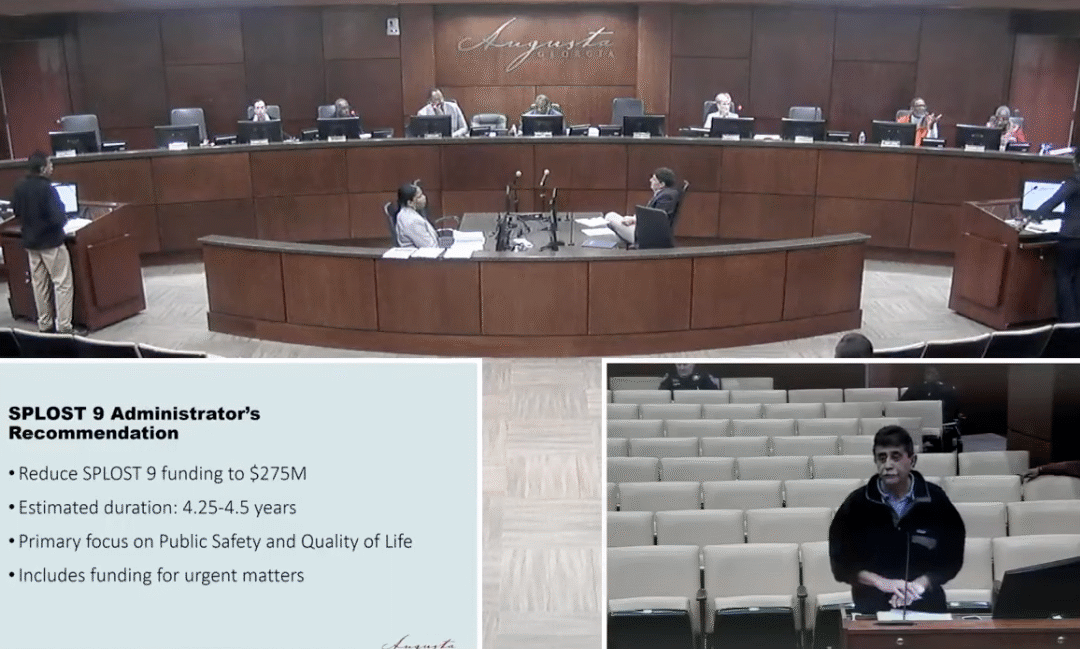It has never been easier to be a nomad.
One of the funniest moments of Saturday Night Live was a skit performed beautifully by the late Chris Farley that aired in 1993. His character, Matt Foley, played a motivational speaker, warning two kids about straying from the straight and narrow. In his over-the-top tirade, he made the threat that they would be “living in a van down by the river.”
That sounds marvelous to me, and thousands of others agree.
There is a movement called “Van Life” that revolves around living and travelling in a van, acting as a house on wheels. Most people will maintain a residence of some sort, but many do not.
These vans aren’t always vans, with some people living out of hybrid cars, larger SUVs, and even school buses. Some of these vehicles have everything a small apartment has, without the high rent or mortgage.
With vehicles now able to be packed with technology like lithium storage batteries, solar panels, generators, and internet hot spots, everything you can do in your home can be done on the road. Van lifers can “boon dock” for days without connection to power or water, meaning remote locations are not out of the question.
The “Van Life” movement was in the spotlight through the pandemic, with scores of people sent away from the office. Rather than staying home, many bought commercial vans for conversions to travel as they “worked from home.”
This spawned a social media following, highlighting influencers and families traveling from any place that a road was available with posts of idyllic adventures.
While there are many advantages to this type of lifestyle, many people have no interest in doing it full time.
There are logistical issues like mail delivery, safe places to park, mechanical issues and even showering that will have to be addressed. Being stuck in a van with your family for weeks on end can strain the best of us as well. Many businesses welcome overnight parking, and many van life travelers get memberships to national gym chains just for showering, with exercise as a bonus.
It does take quite the investment to get started.
According to Gnomad Home, an online van life community, most owners spend $25,000 or more just to begin living the nomad life. The closer to home you intend the vehicle to be, the more expensive the cost.
You can save a bit of money by doing the work yourself if you are handy and have the time. There are tutorials on YouTube and owner groups on social media platforms that can help you build out the perfect “escape vehicle.” You will also have fuel costs, extra vehicle maintenance and supply costs not normally associated with living in a home.
Think of the money you will save over the cost of a home or apartment!
A “van down by the river” sounds like a fantastic retirement goal for me, and instead of a threat to a few wayward teens, Mr. Foley: I can hear the rushing waters now!
As for me, I will see you on the road… but I won’t be driving my residence, yet!










